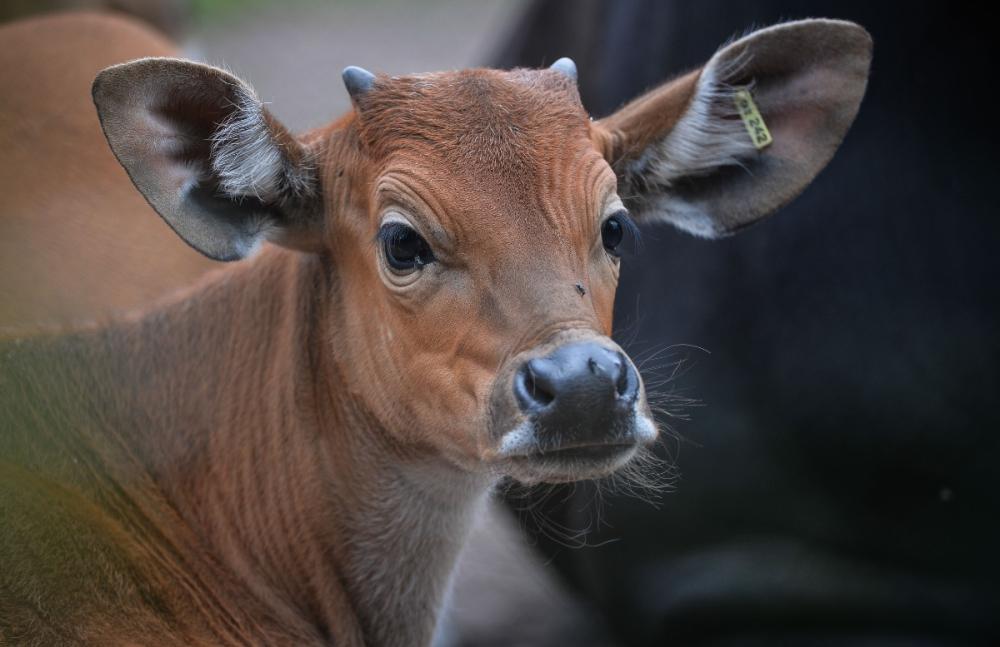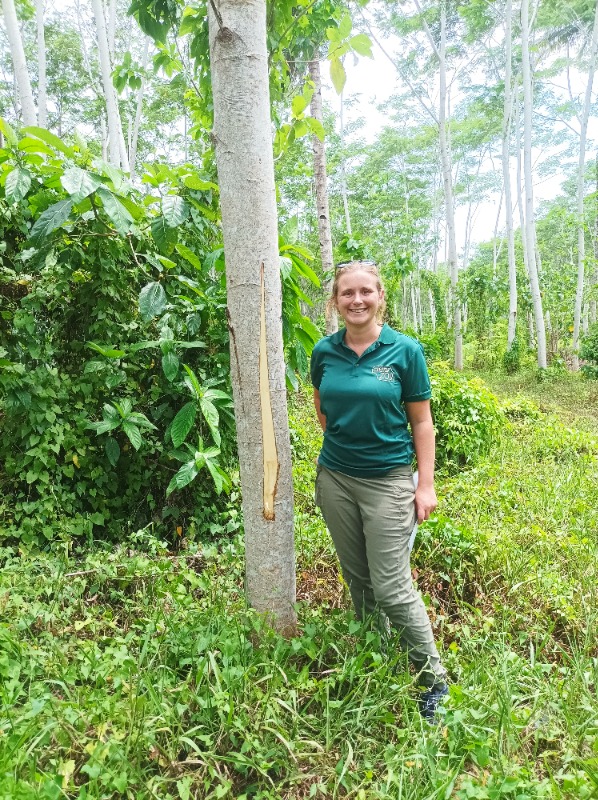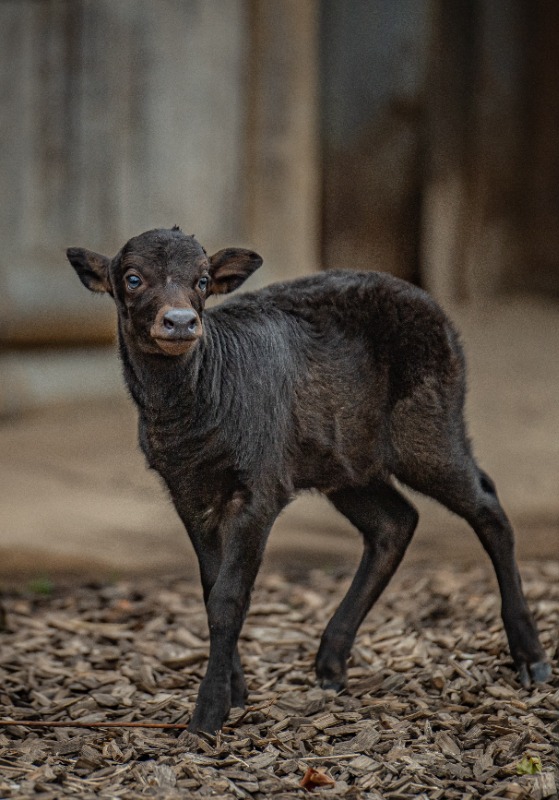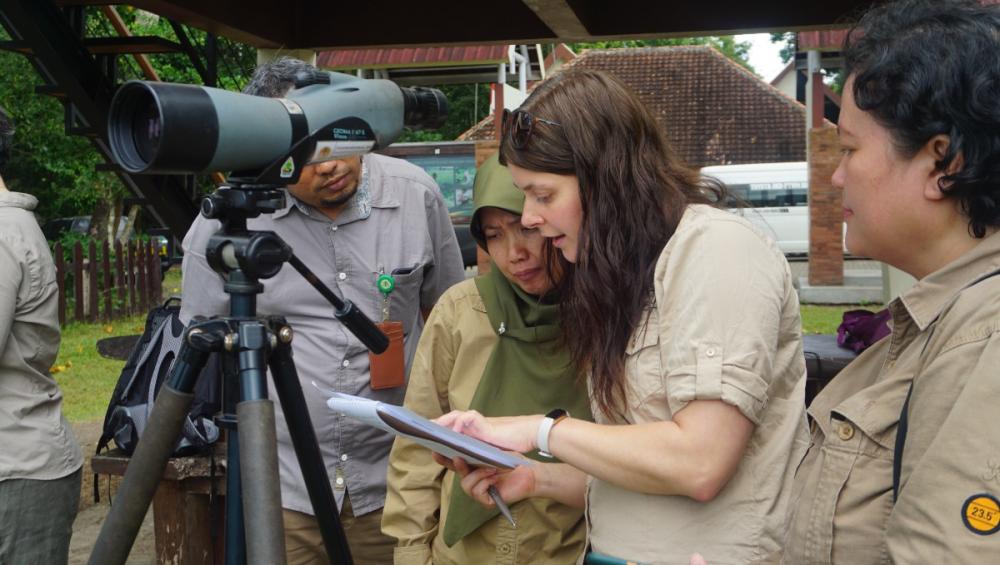search
date/time
 | Yorkshire Times Weekend Edition |
12:00 AM 26th July 2025
nature
Upcoming awareness day will boost the profile of unique and endangered Indonesian species
.jpg)
Babirusa piglet Matano
That’s why conservationists at Chester Zoo are hoping this year’s Action Indonesia Day, which falls on August 10, will help raise the profile of these three key Indonesian animals.
Although babirusa, a wild pig species, and anoa and banteng, two species of wild cattle, are recognised as important species by the Indonesian government, they can be overlooked in international conservation efforts, say members of the Chester Zoo team.

Banteng calf
“It’s lovely when visitors ‘discover’ these species and show interest in them, but I think wild pigs and cattle don’t have the profile that other endangered species, like tigers, benefit from,” Amy said. “It’s easy to look at a banteng and think: ‘that’s just a cow’, but they’re just as rare and just as vital to the biodiversity of their habitat as better-known species.”
All three species desperately need support. There are fewer than 2,500 lowland anoa in the wild, and fewer than 3,000 banteng may still roam the forests of southeast Asia. The last estimates suggest there are less than 10,000 babirusa left, all restricted to Indonesian islands.
.jpg)
Anoa
Corinne said: “We want people to know more about wild cattle and wild pigs, because that means that Indonesian conservation programmes will receive more support.
“Anoa are the smallest species of wild cattle in the world. They are elusive and a bit mysterious because not much is known about them in ecological science.”

Corinne Bailey in Indonesia
She said: “People fall in love with the banteng at Chester Zoo because they have such lovely long eyelashes and wonderful markings.
“Babirusa are fascinating because they are so different to other pig species. They don’t root because their noses haven’t developed the same way as other pigs, and they have curling tusks that grow back towards their faces.”
The species highlighted by Action Indonesia Day do have some things in common.

Anoa
The fragmentation of wild populations and the fracturing of their habitats because of mining, farming and development, makes all three animals vulnerable to species-specific threats.
“Swine flu is a real problem for babirusa,” said Amy. “If it enters their range, it can sweep through the population very quickly. Banteng are at risk of hybridisation. Though they live in nature reserves, it’s difficult to maintain reserve boundaries, so domesticated Bali cattle may end up grazing alongside wild cattle. If they interbreed, we risk losing those unique banteng genetics.”
Chester Zoo is involved in conservation breeding programmes, with the herd at the zoo playing a part in maintaining a healthy insurance population for these species.
Scientists at the zoo regularly run endocrinology (hormone) testing on anoa and banteng dung samples sent into the conservation physiology lab in the on-site International Centre for Zoo Science, helping other organisations better understand the health and reproduction of the animals they care for.

Amy Humphreys Indonesia Fieldwork
They organise camera trapping surveys, work with national parks and partners in Java and Sulawesi to find out more about wild pig and cattle populations and habitats, and facilitate skills-sharing, so the knowledge gained from caring for these animals in zoos can benefit the wider species.
“Action Indonesia Day is an opportunity to tell people about these species and to celebrate what zoos and conservationists are doing to help the mission to save them,” said Amy.
To donate, visit www.justgiving.com/campaign/actionindonesia
To find out more about Action Indonesia Day 2025, visit www.actionindonesiagsmp.org/action-indonesia-day